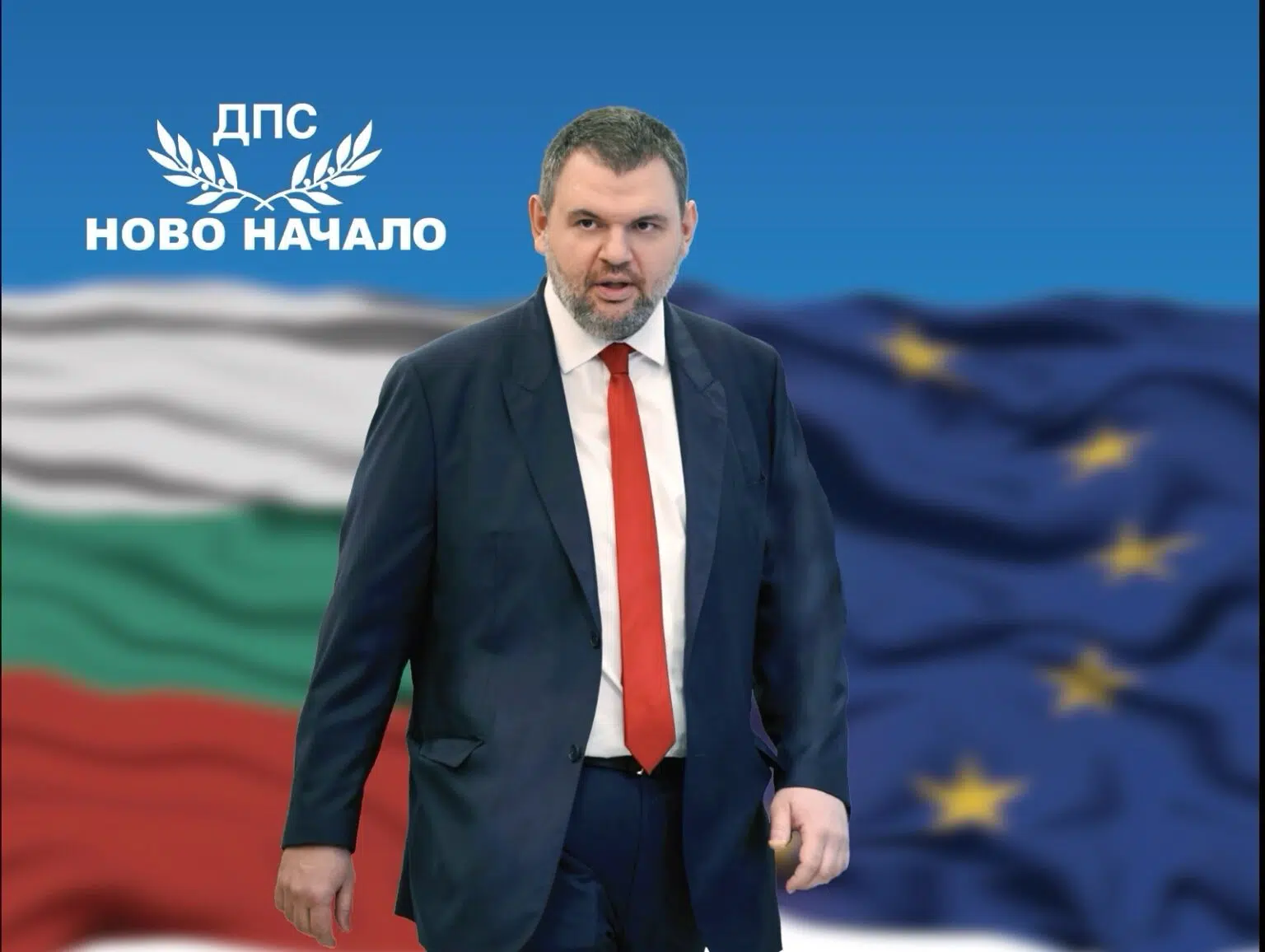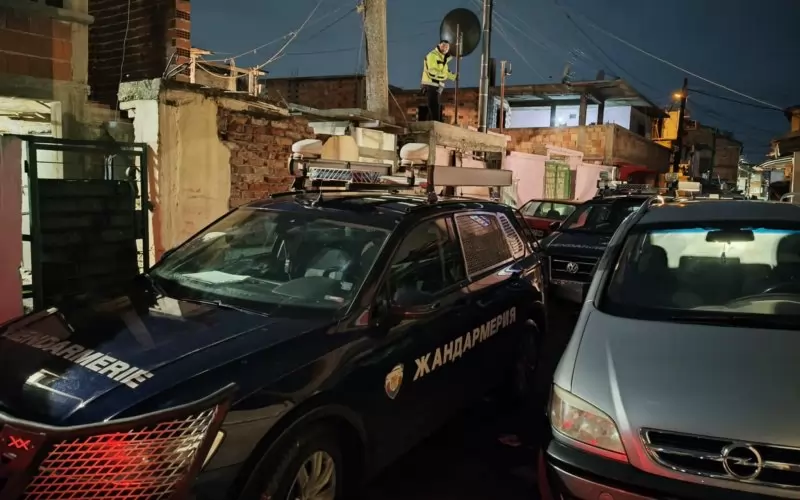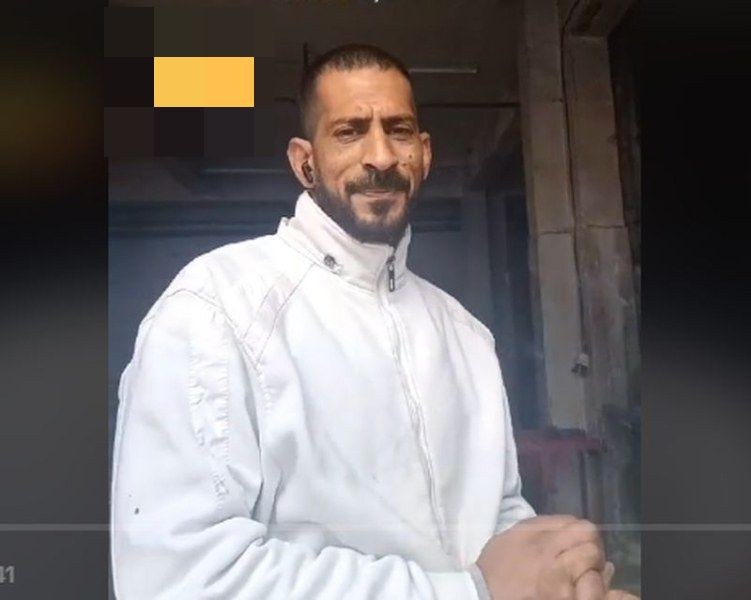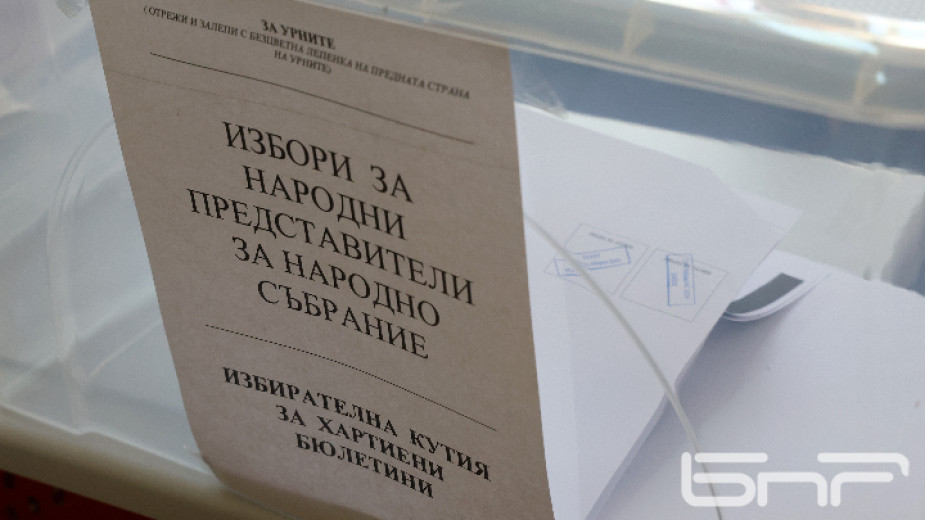Nuspliger (2014) gives a cursory overview of the debate on poverty-migration and on the feared predictions of mass migrations to Western Europe. He qualifies the images of right-wing conservatives who predict a strong west migration from Romania and Bulgaria in 2014. Many residents of these countries migrated abroad in 2007 after the EU accession and did not wait for the unrestricted movement of persons. The statistics about the poverty-migration regularly treat seasonal workers and students as equivalent to real labour migrants and therefore create a distorted picture of migration movements. In addition it is observed that many would-be migrants go into countries with diaspora groups or related languages: “Against the backdrop of the northern European fears of a Romanian mass immigration it is remarkable that, according to Eurostat figures of 2012, over three quarters of exile Romanians have moved to Spain and Italy – for which there are also linguistic reasons. Half of relocated European Portuguese are living in France and three-quarters of the emigrants of Poland live in the UK and Germany, which attracted many immigrants from Eastern Europe before the end of the licensing restrictions in 2011.” Rroma are being disadvantaged as before. The funding provided by the EU is only insufficiently used. Additionally, Rroma slums in Western Europe are the evidence of the lack of integration of this ethnic group. In the debates on immigration, meanwhile, images of social abuse dominate the discourse, which is taken up readily by polemicists.
Lübberding (2014) discusses the TV program “Maybrit Illner” on the topic “poverty on the move: how much freedom of movement can we afford?” The participants of the discussion were the Bavarian interior minister Joachim Herrmann, the Green politician Cem Özdemir, the Councillor of Berlin-Neuköln Franziska Giffey, the head of the German police union Rainer Wendt, the Duisburger citizen Sabine Kessler and the Rrom Dzoni Sichelschmidt. They discussed the pro and cons of unrestricted migration in the European Union. Lübbering shares the opinion that most of the immigrants from Romania and Bulgaria are Rroma, although the ethnicity is not recorded in the statistics. He states that in the city of Duisburg, with around 500,000 inhabitants, the 10,000 new immigrants are of Rroma origin. Lübberding takes side with the critics of unrestricted migration in the European Union when making fun of the integration targets of the European Union. He claims that the Union lacks sense of practice: “The error of the Brussels bureaucracy is not in their ambitious plans, but in the ignorance of their ambitiousness. On power-point slides just everything looks better than in the neighbourhood of Mrs. Kessler.” On the other hand it is a positive aspect of European networking that the problem of Rroma integration has now become a pan-European issue and no longer just concerns the countries with significant Rroma populations. Additionally, Lübberding qualifies the dimensions of immigration, which are anything but dramatic. Compared with the 1.2 million refugees who have fled from the civil war in Syria to Lebanon, the immigration to Germany is very modest. Dzoni Sichelschmidt emphasised the important fact that the Rroma have emerged in large part as losers from the events of 1989: the hostility towards them has risen. This circumstance is often neglected in Western Europe (compare ZDF 2014).
In debate about immigration, Kelec (2014) takes a right-wing conservative position. Additionally, with respect to Rroma, she present cultural arguments. She sees an unrestricted immigration as a failed policy of ignorance. Kelec accuses the left parties of downplaying the problems of reality and accusing right-wing populism of being responsible for everything. The Christian Democrats are supposed to insist stubbornly on their values. On Rroma she pretentiously claims: “The children of Sinti and Roma are left alone, in the Clans, medieval conditions often prevail [ … ]. Roma children are sent by their parents and clan chiefs to beg or work on the street – they are supposed to be in school. They also have an EU-wide right to childhood and education. In Roma families child-marriages and forced marriage is common – the right to independence and integrity must also apply for young girls and women. There can be no tradition of being above the constitution, even if some believe that medieval manners as “culture” are worthy of protection.” With these unwise generalizations Kelec discredits herself. She represents traditions and media cases as if they were deadlocked and universal. Her remarks are racist and offensive to a majority of the Rroma who do not follow these practices. Kelec reproduces uncritically polemical ideas about backwardness and exploitation that have nothing to do with the identity of the Rroma. Accusing Rroma living in poverty of their poverty as a crime is arrogant and stupid. Criticism of the traditions, which are no traditions, is no intelligent criticism.
Teigeler (2013) points out the important fact that the debate about unrestricted migration in the European Union is dominated by fears and irrational predictions. Before Poland’s accession to the Schengen area there were similar fears of a mass migration, which turned out to be unfounded. The discussion also often tends to forget the fact that with the immigrants also important needed professionals are recruited. Labelling immigrants sweepingly as poverty immigrants and benefit-freeloaders simplifies the complexity of reality too much: “With the multiple accusations that immigrants and in particular Roma from South Eastern Europe “will subvert the social system, old racist stereotypes are stoked”, criticized the speaker of the Green Party parliamentary group, Jutta Velte, on Tuesday (31/12/2013). “We need a more objective debate”, the representative urged.”
- Kelec, Necla (2014) Kinder der Sinti und Roma gehören in die Schule. In: Die Welt online vom 5.1.2014. http://www.welt.de/debatte/kommentare/article123553450/Kinder-der-Sinti-und-Roma-gehoeren-in-die-Schule.html#disqus_thread
- Lübberding, Frank (2014) Das „Roma-Problem“ der EU. In: Frankfurter Allgemeine Zeitung online vom 17.1.2014. http://www.faz.net/aktuell/feuilleton/medien/faz-net-fruehkritik/tv-kritik-maybrit-illner-das-roma-problem-der-eu-12755961.html
- Nuspliger, Niklaus (2014) Das Gespenst der europäischen Massenmigration. In: Neue Zürcher Zeitung online vom 11.1.2014. http://www.nzz.ch/aktuell/international/auslandnachrichten/das-gespenst-der-europaeischen-massenmigration-1.18218943
- Teigeler, Martin (2013) Streit um Freizügigkeit für Arbeiter wird schärfer. In: WDR online vom 31.12.2013. http://www1.wdr.de/themen/politik/zuwanderung118.html
- ZDF (2014) Maybrit Illner: Armut auf Wanderschaft. Wie viel Freizügigkeit können wir uns leisten? In: ZDF online vom 16.1.2014. http://www.zdf.de/maybrit-illner/Rumänien-und-Bulgarien-Wie-viel-Freizügigkeit-können-wir-uns-leisten-31411728.html







